
Increasing your site’s organic traffic doesn’t come easily.
But if you apply the correct SEO strategies and commit for the long haul, your hard work will eventually pay off.
Search engine traffic is great because it’s relevant and targeted.
And in most cases, organic traffic converts much better than traffic from social media or other sources, and is also much more consistent.
If you want to learn how to increase organic traffic, these are the 10 tactics that we will discuss in this article:
- Identify your website’s good and bad links
- Remove and disavow bad backlinks
- Blog about your user’s questions and problems
- Be a contributor on reputable sites in your industry
- Do keyword research and create a keyword database
- Optimize your meta data and content
- Create quality content on a regular basis
- Create a powerful internal linking system
- Encourage readers to link to your website
- Monitor your SEO progress and incoming links
10 Ways to Increase Organic Traffic
1. Identify Your Website’s Good and Bad Links
For the last few years, backlinks have been an essential element of SEO.
Even though there are rumours that claim their value will decrease in the future, many Google representatives (including Matt Cutts) have confirmed that links will remain a major ranking factor for the coming years.
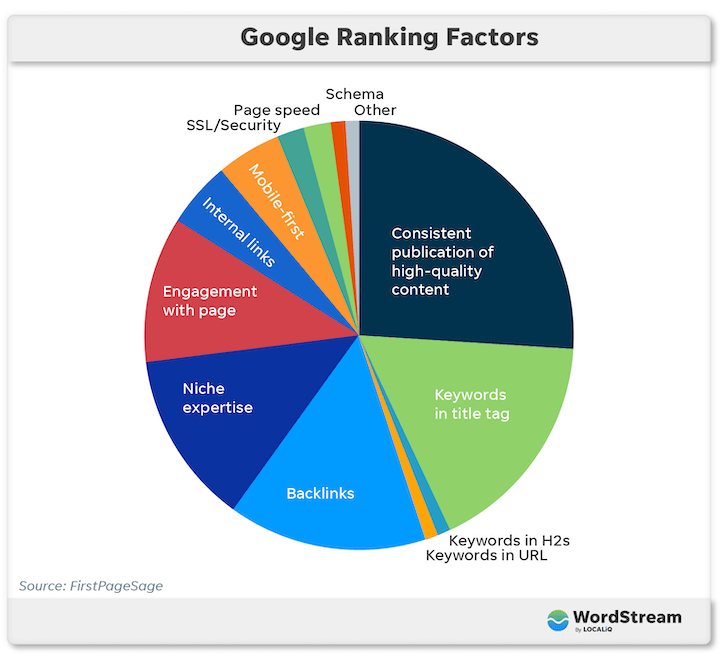
Sure, you can get traffic from Google without many links.
But the truth is you’ll never be able to compete with the most authoritative sites in your industry without building or earning high-quality backlinks.
If you’re serious about improving organic traffic for a site, you have to know which backlinks are helping your SEO and which ones are a threat to your rankings.
I’m sure you already know that not all backlinks are good. Furthermore, good search engine optimization is not only about the number of backlinks you have, but also about the quality of those links.
To get good SEO results and continuously increase your organic traffic, you have to analyse all your site’s backlinks in order to determine their value.
Once you’ve identified your best backlinks, try to get more of the same by replicating the link-building strategies that lead to those backlinks.
These are some of the most important elements of a good backlink:
- The link is from a relevant website in your industry
- The link is contextual
- The link is from a high-quality article
- The link is dofollow
- The link was added by an editor or site owner and not automatically built
SEOptimer can help you pinpoint all these elements with its world-class, in-depth backlink tracking. All you have to do is add your domain to track all your new backlinks and determine their quality with just a few clicks.
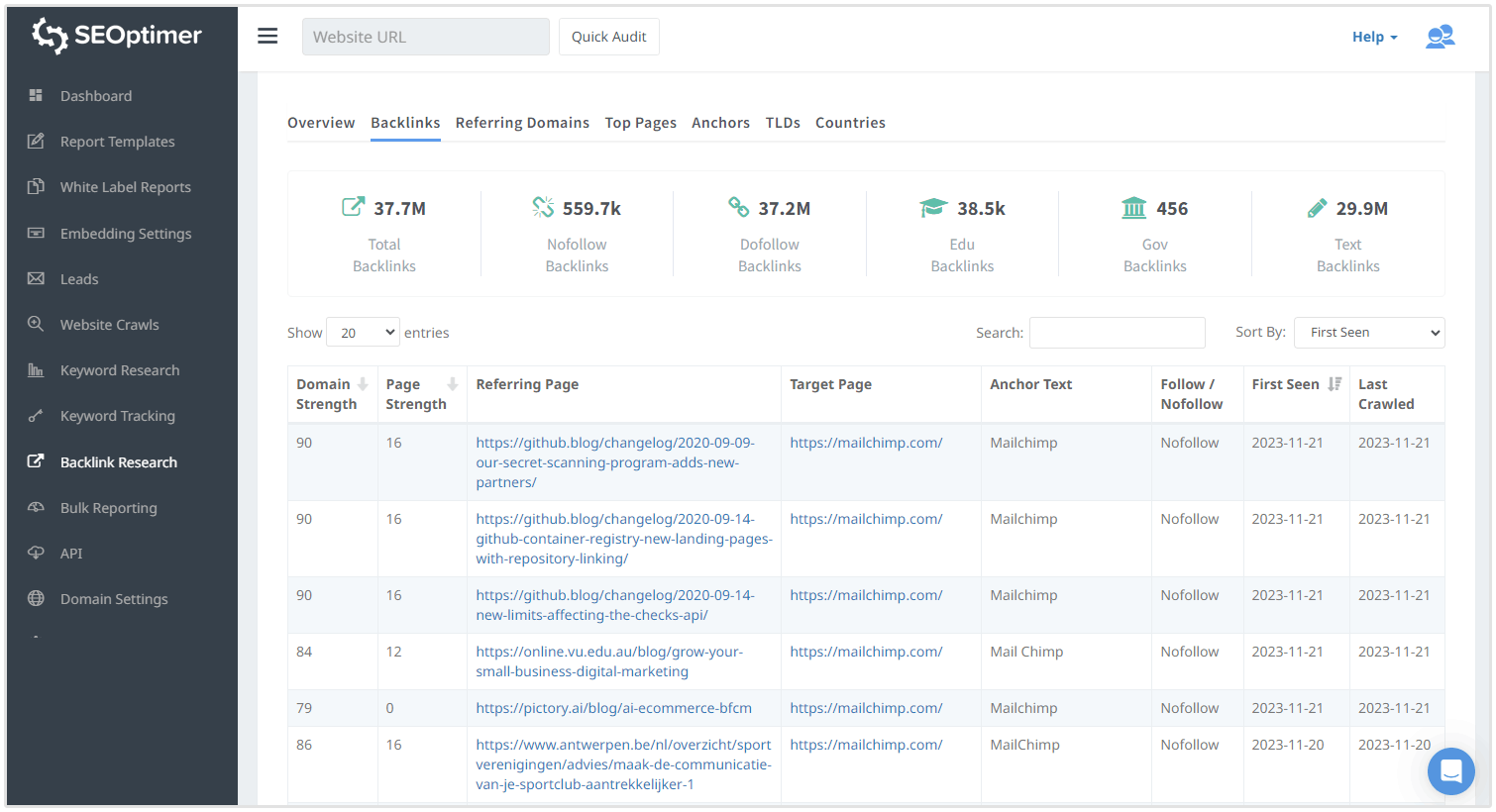
2. Remove and Disavow Bad Backlinks
Unfortunately, it’s impossible to avoid bad backlinks. All websites have some, including the popular and trusted sites.
But the more bad links a website has, the harder it’ll be to increase its rankings and get more organic traffic. Too many low-quality links can even cause Google penalties.
You can improve your rankings in Google by getting rid of these bad backlinks.
Here’s how to do it:
After going through the first step and analyzing all your backlinks, note down all the bad ones that you want to get rid of in a Google Sheets or Excel file.
Now, with a list of your bad links, you have to try and remove them. Email outreach first and send a request to the site owner to remove their backlink to your website.
Don’t get discouraged if that doesn’t work for all of the backlinks. It happens often.
SEOptimer will automatically monitor your link profile on a weekly basis and inform you of thechanges to your backlink profile.
With the backlinks you couldn’t remove, create a disavow report and submit it to the Google Disavow Tool.
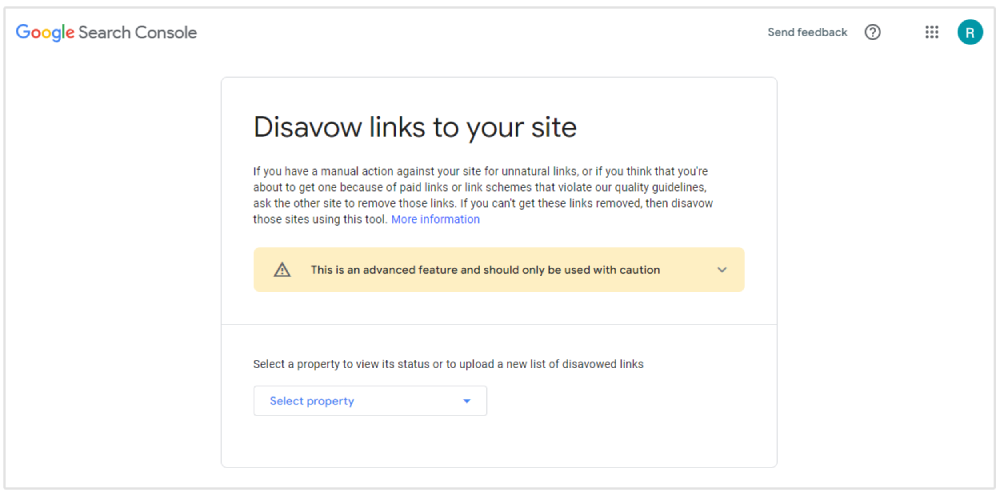
3. Create Content About Your User’s Questions and Problems
If you have an online business, surely you’ll get a lot of questions from your potential or existing clients.
In fact, even if you have a content-based website, people will have questions that need answers.
So instead of giving a short reply to each question by email, write detailed content that addresses the problems and concerns of your users.
Why?
Because people tend to type the same questions into Google. These appear in the “People also ask” or “People also search for” boxes in the SERP.
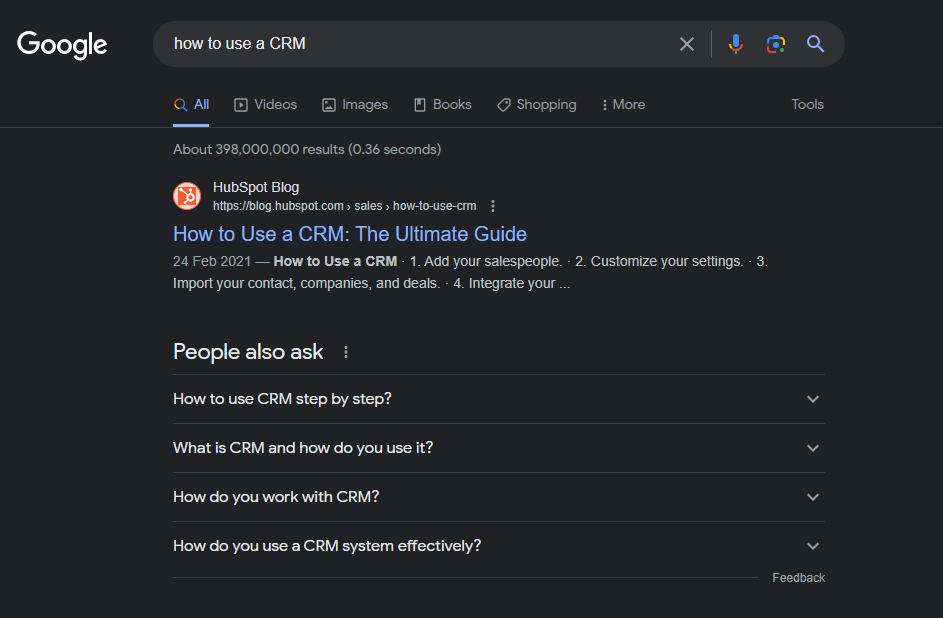
If you have content that answers that question thoroughly, you could appear in the first results for the query—a great way to drive targeted organic traffic.
4. Be a Contributor on Reputable Sites in Your Industry
One of the best ways to promote your website is to become a contributor on the most popular websites in your niche. This is how you can get your website in front of an already-established community and get more referring traffic.
In addition, you likely be able to get a backlink or two that’ll have a positive impact on your SEO.

Just be aware that guest blogging on low-quality websites can have a negative impact instead. So, be very selective when choosing the websites to write for.
Read this article for some great tips on how to get the right guest blogging opportunities.
5. Do Keyword Research and Create a Keyword Database
Keyword research is a very important process for SEO as it can tell you the exact phrases that people are using to search on Google.
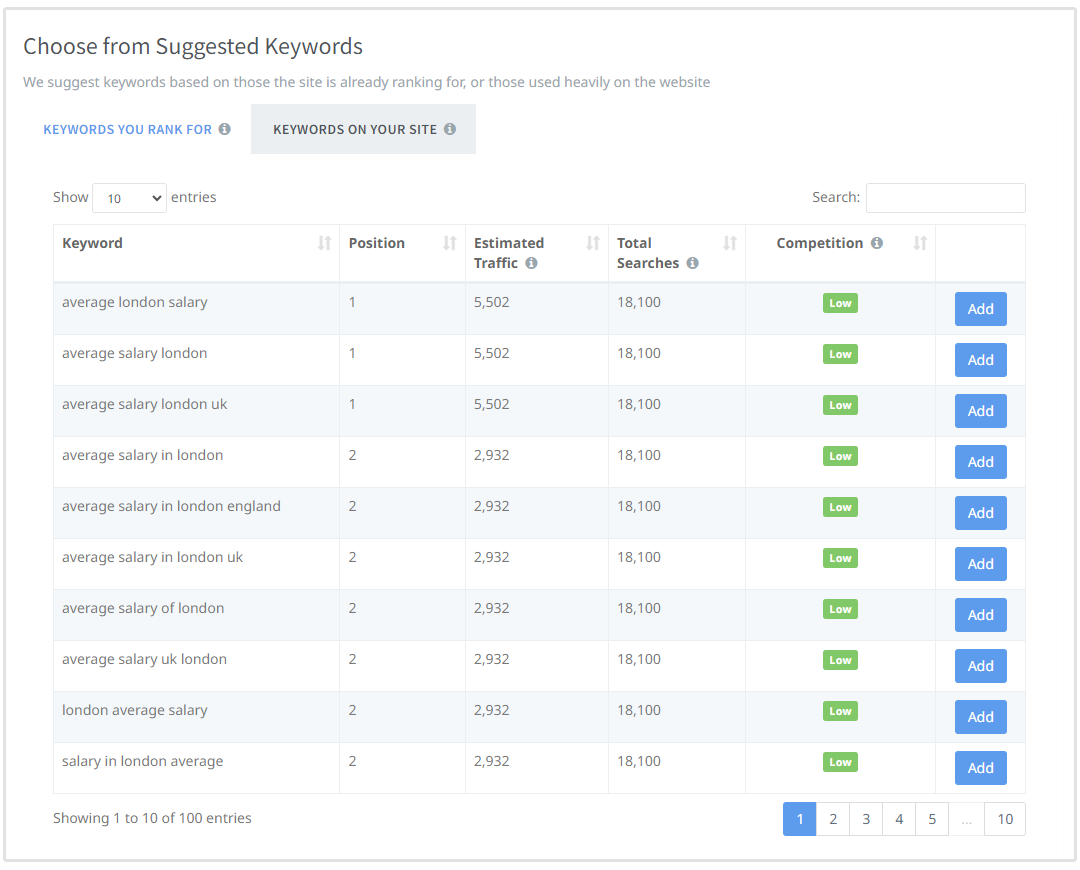
Whenever you write a new blog post, you should check the most popular keywords—just don’t be too obsessed with search volume. Longtail keywords are valuable opportunities with lower search volume, but you can rank for them more easily.
The best way to find keywords is with Google’s Keyword Planner or SEOptimer’s Keyword Research Tool.
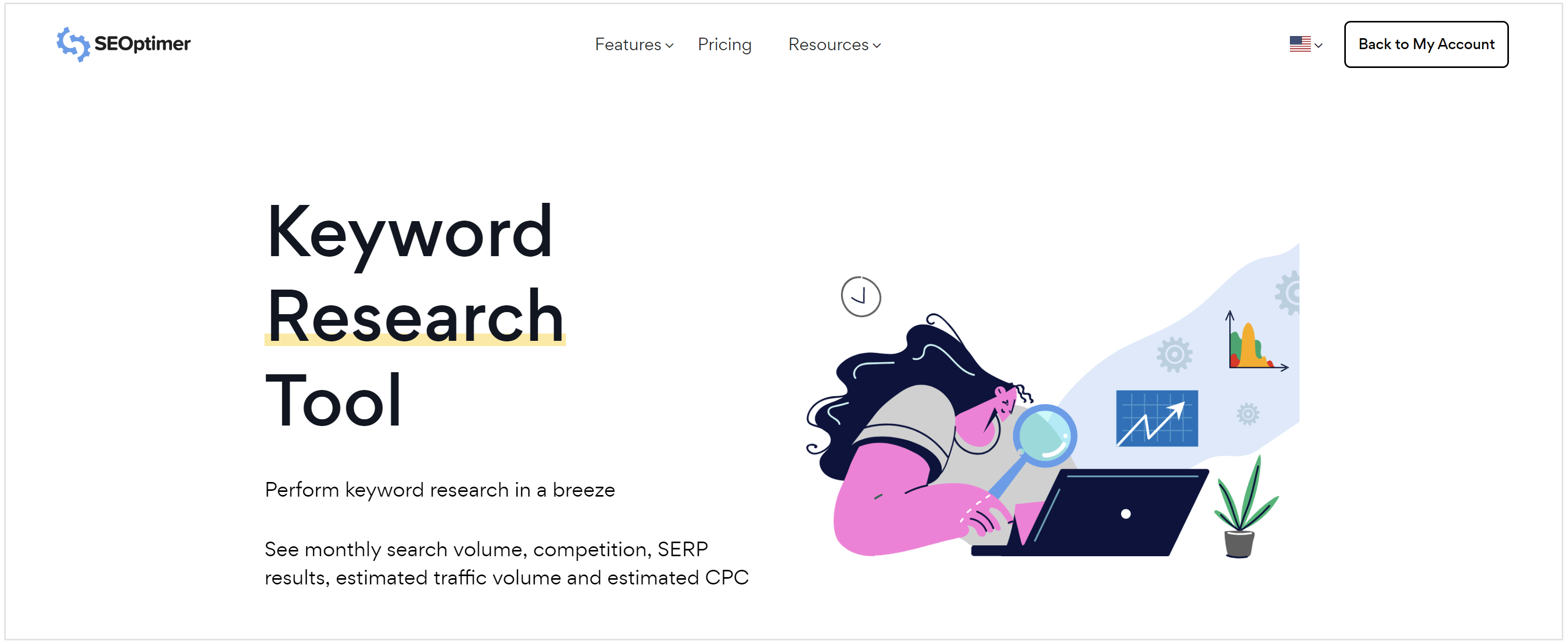
6. Optimize Your Metadata and Content
The first thing Google looks at when ranking your website is the metadata and the presence of keywords in the first paragraphs of your content.
If your metadata contains information about the user’s queries, your website has a higher chance of ranking.
This is what to do:
- Optimize meta titles and meta descriptions with your target keywords.
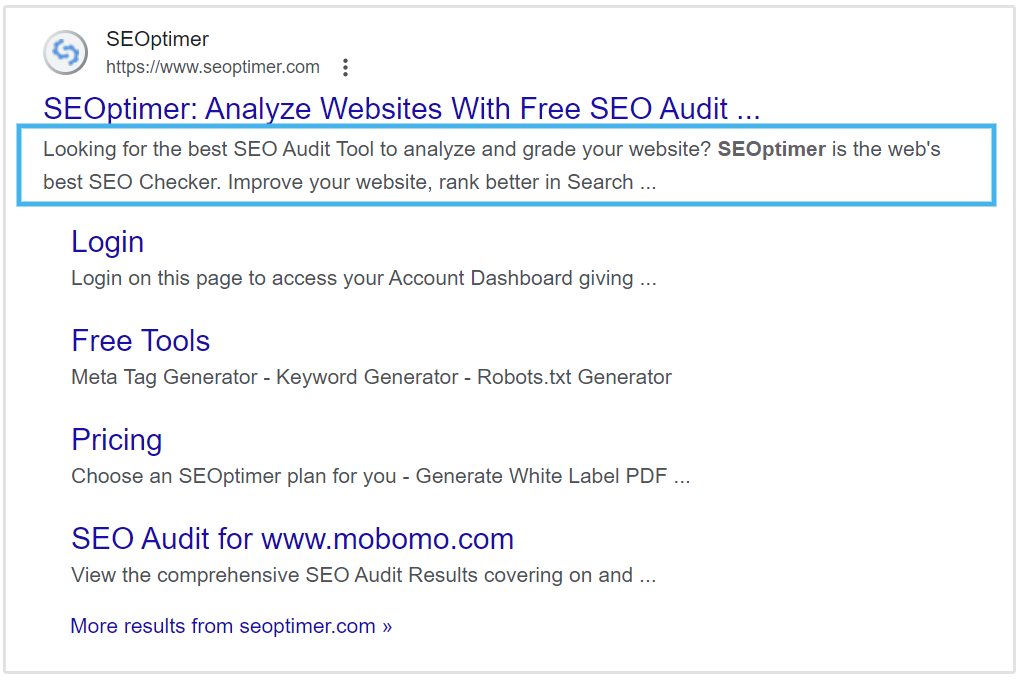
- Optimize images titles, alt tags and descriptions with your target keywords.
- Make sure your target keywords appear in the first paragraphs of your content (but avoid keyword stuffing).
7. Create Quality Content on a Regular Basis
You’ve probably heard the saying that “content is king” a million times before.

And that’s true.
Quality content will naturally attract backlinks and social media shares as well as improve the overall user experience on your site.
Good content is just not enough anymore. Your articles have to be outstanding and much better than your competitors’ content.
Don’t write useless articles just for the sake of publishing something new.
Instead, concentrate on quality and make your content stand out from the crowd.
The competition is increasing as we speak, and quality will be the only way to succeed.
8. Create a Powerful Internal Linking System
The easiest way to create backlinks to your existing articles or landing pages is by using a good internal linking system. Internal links are not only valuable for SEO, they’ll also keep your readers on your site for longer.
By linking to relevant posts you’ve written before, you can build quality links on your site and use the anchor text you prefer.
9. Encourage Readers to Link to Your Website
As I said earlier, natural backlinks will help you get more organic traffic and improve SEO.
You can encourage your readers to link back to your website by including a small widget at the bottom of your posts. Just as you have social media sharing links, an embedded linking widget will increase your chances of getting backlinks.
However, don’t directly ask anyone to link to your website. The goal is to make it easy for others to link to your website, not force them to do so.
10. Monitor Your SEO Progress and Incoming Links
Organic traffic acquisition and SEO is a never ending process.
No matter how much traffic you have now and how well you’re doing with your SEO strategy, you should never neglect and ignore your progress.
Always monitor how your organic traffic is evolving from week to week, and analyse what’s worked best and what didn’t.
With time, your website will attract backlinks, and all of them have to be analysed. I’d suggest analysing new links every month to see if the ones you’ve received lately are good or bad for your SEO.
With SEOptimer’s backlink monitoring and SEO audit tool, you can automate the tracking process and ease things up for you.
You’ll get SEO progress reports automatically every week, and more importantly, you’ll be informed whenever your site earns or loses backlinks.
And that’s how you increase organic traffic to your site.










